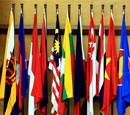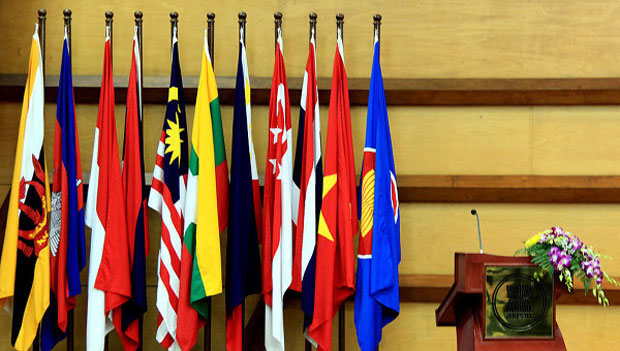DRAWING THE bottom line for the P1.816-trillion Philippine national budget is a balancing act between social welfare and economic growth. How can the government adhere to the prescriptions of progress when the social contract demands President Benigno Aquino III to heed the basic needs of the Filipino people first? Unlike the governments of the better-off countries in the Association of Southeast Asian Nations (ASEAN), the Philippine government cannot be left to function on its own.
To catch up with its Asian neighbors, so-called “band-aid solutions” such as the Public-Private Partnerships (PPP) program might not be enough to cover the potholes along the Aquino government’s matuwid na daan.
Biased budget
In the heated feud between former President Gloria Macapagal-Arroyo and President Aquino, Arroyo seems to be more “results-focused” with the 7.9% national growth rate she managed to attain—an apparent achievement, at least in economic terms. Aquino, on the other hand, managed a dismal 3.6%. Although the difference is alarming, neither of their policies have developed strong institutions of social welfare that can outlast politicking clans and carry over to new administrations.
“Walang social welfare, walang base, walang foundation for economic growth,” says Professor Arjan Aguirre of the Political Science Department of the administration’s fiscal policies.
This economic-driven and less welfare-oriented approach of the government is visible in its policies towards OFWs, with the government’s strong reliance on OFW remittances. However, individual citizens are supposed to benefit from government policies just as much as the country does. It is therefore relevant to note that while OFW remittances help keep the national economy afloat, the economic activity that brings about such economic “benefits” is intellectually limiting for each Filipino migrant worker.
“Ang pangit kung hanggang manager lang sila (It’s undesirable for [most of them] to just have jobs that are limited to managerial positions only),” explains Aguirre.
Faith in partnerships
Where the government falls short, the PPP is there to provide service and fund infrastructure for public consumption, examples of which are the construction of the Light Rail Transit Line 1 and Metro Rail Transit Line 3. For eight out of ten PPP projects, the government and private companies are each contributing $1.3 billion and $1 billion, respectively.
In areas where the government proves inept, Filipinos have always put their faith in the private sector instead. Especially in moments of disaster response, such public-private partnerships reveal the dependency of our national government.
Indonesia’s game
Unlike the Philippines, Indonesia is in a golden era of growth, with private companies becoming stronger players in the global economic game.
“They are able to progress because [of] the basic institutions in place. Even if Suharto, Indonesia’s former president, was a dictator. He did what he had to do,” Aguirre says.
In a speech during the opening of the stock exchange, Indonesian President Susilo Bambang Yudhoyono acknowledged the role of the private sector as the country’s “forward line and strikers.” In 2011, Indonesia also pursued a PPP strategy, where the central government only covered 29.1% of total investments, worth about $1.618 billion.
Malaysia’s “goodies”
If the Philippine national budget is described as “anti-people” because of its emphasis on the PPP, the national budget of Malaysia is a shopping list of “gifts-and-goodies” for the civil servants and pensioners.
Similar to the Conditional Cash Transfer program of the Philippine Government, which aims to establish a criteria-based process of financial aid among citizens, Malaysian Prime Minister Datuk Seri Najib Razak’s administration gave mass cash-handouts and housing aid to low-income households.
Survival versus existence
Today, the global economy risks becoming unhinged with the European debt crisis and the downgrade of the US credit rating. To survive, it has become increasingly important for ASEAN countries like the Philippines to develop stronger institutions that will survive political upheavals, such as the Marcos dictatorship during the 1970s, the People Power Revolution of 1986, and the demise of the Arroyo regime in 2010.
Given the numerous problems of the Philippines, it is not uncommon for society to bite the hand that feeds—whether it is the government’s or the private sector’s. Yet, this supports Aguirre’s assertion that in the administration, basic institutions are needed. “Not just for survival, but for the existence of the Filipino,” he says.






[…] posted by The Guidon. Categories : Opinion, The Latest | Tags : 2012, campus journalism, campus […]